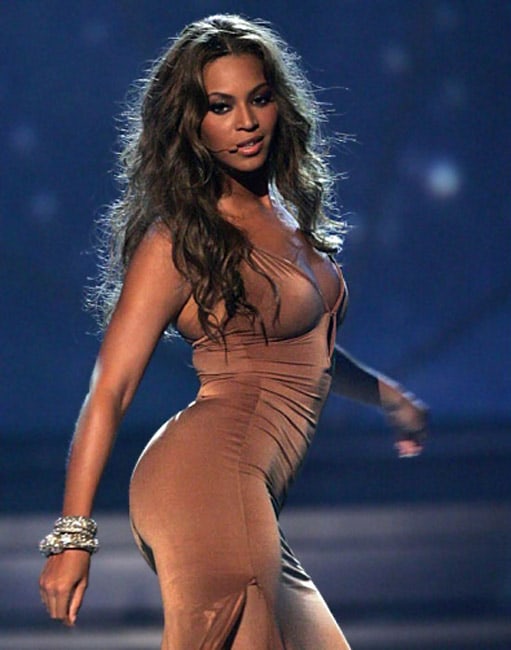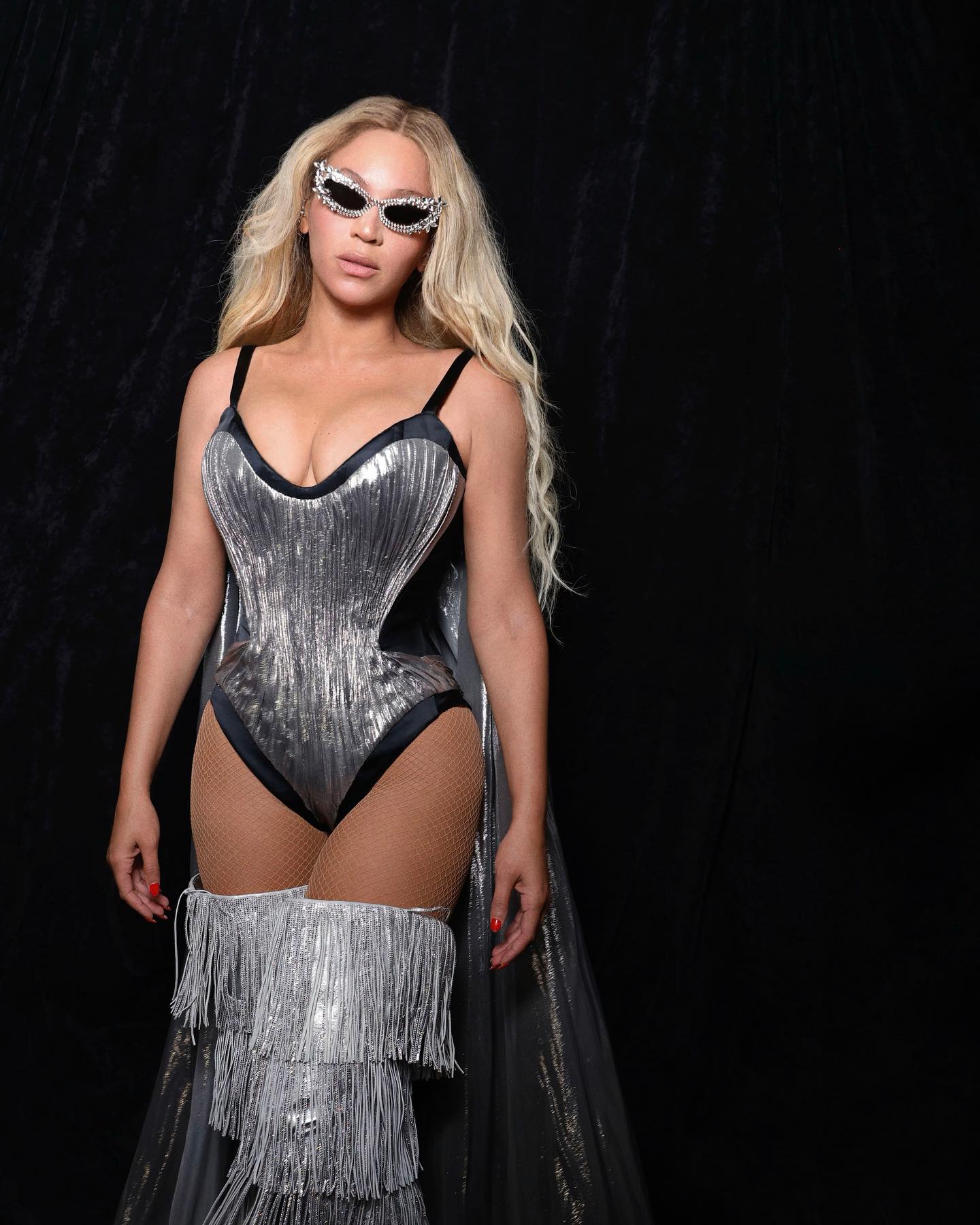In a jaw-dropping tribute to ‘90s pop culture, Beyoncé recently stunned fans by channeling Baywatch legend Pamela Anderson in a fiery red swimsuit that sent social media into a frenzy. The multi-Grammy-winning artist, known for her meticulously crafted public appearances, once again proved her mastery of visual storytelling—this time with a nostalgic nod to one of television’s most iconic looks.




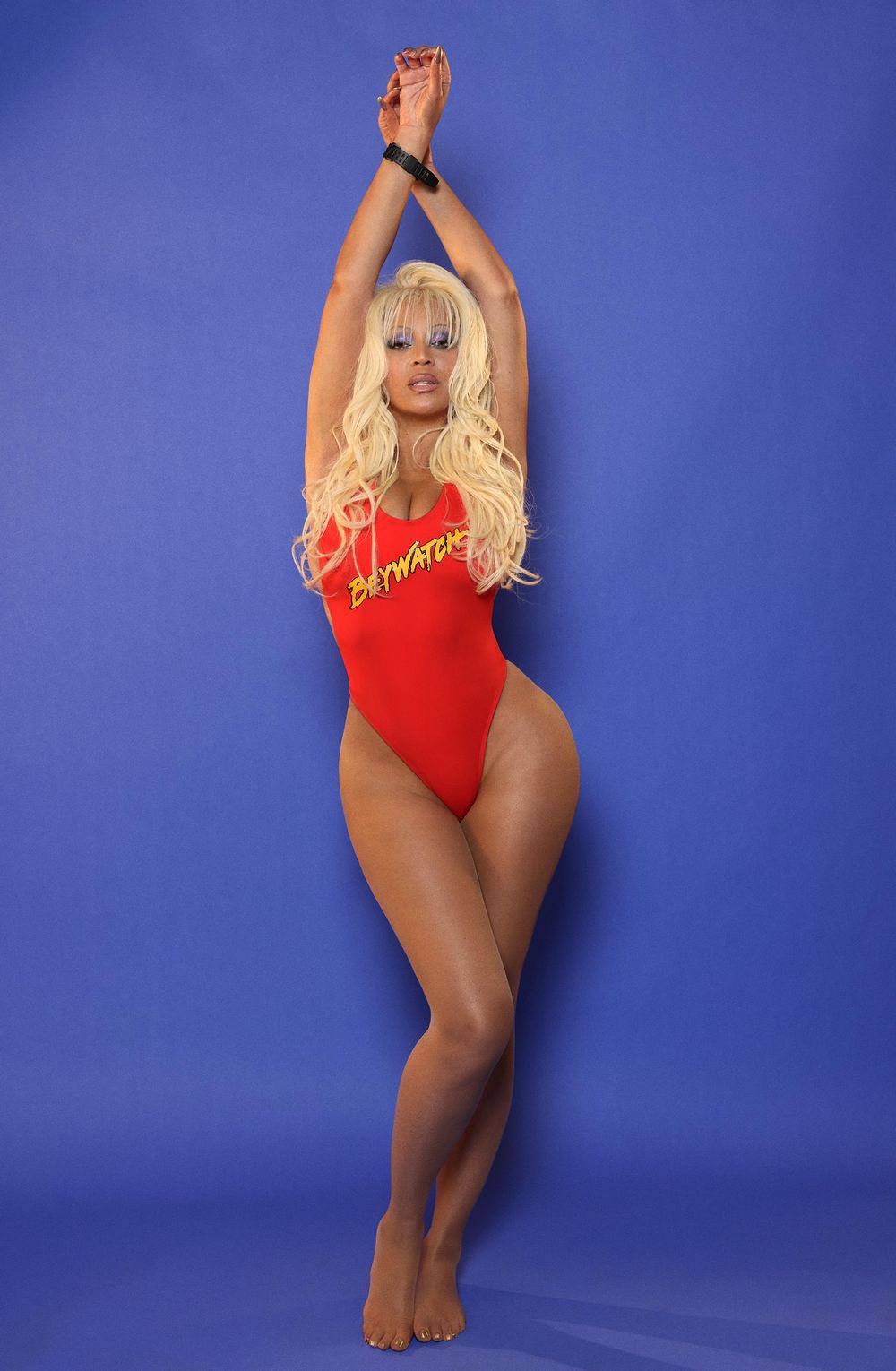


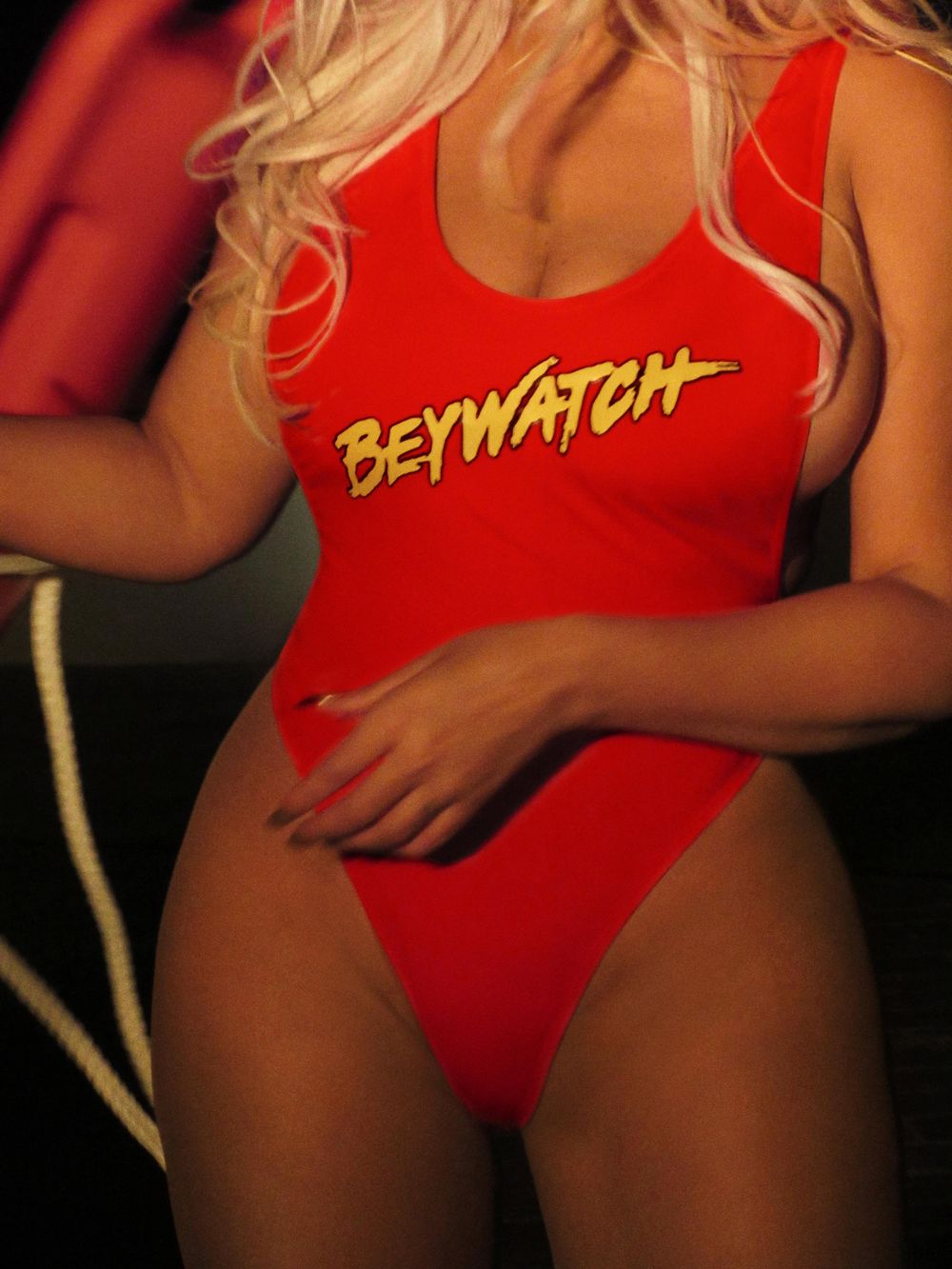

The ensemble, which could have been plucked straight from the sun-soaked beaches of Baywatch, wasn’t just a fashion statement; it carried an air of mystery, with fans speculating about a hidden message behind the bold aesthetic choice. As images of the singer in the scarlet one-piece circulated online, debates erupted over whether this was a simple homage, a teaser for an upcoming project, or a deeper commentary on fame, femininity, and the reclaiming of cultural icons.
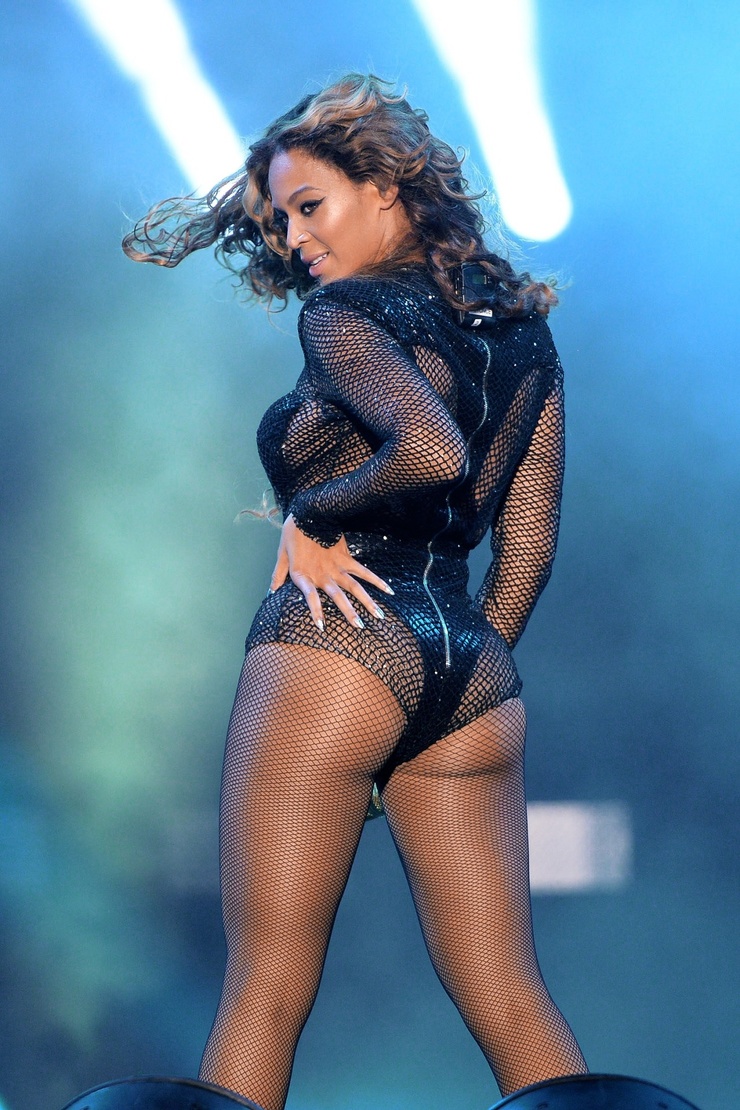

The swimsuit itself was a near-perfect recreation of the high-cut, vibrant red lifeguard style that Pamela Anderson made famous in the hit ‘90s series. Anderson’s portrayal of C.J. Parker turned the functional one-piece into a global phenomenon, symbolizing both sex appeal and strength—a duality Beyoncé herself has embodied throughout her career. By stepping into this sartorial legacy, Beyoncé didn’t just evoke nostalgia; she reignited conversations about the way female stars navigate public perception. In the ‘90s, Anderson’s image was often scrutinized and commodified, but decades later, Beyoncé’s reclamation of the look feels deliberate, suggesting a celebration of unapologetic confidence. The timing is particularly intriguing, given Anderson’s recent documentary and memoir, which reflect on her complex relationship with fame. Could Beyoncé’s styling be a subtle salute to Anderson’s resilience? Or is there a bigger artistic statement at play?
Fans were quick to dissect every detail, from the swimsuit’s fit to the backdrops in the photos, searching for clues. Some theorized a connection to her upcoming Renaissance visuals, given the album’s themes of liberation and self-expression. Others wondered if this was a precursor to a music video or even a surprise collaboration. Beyoncé’s team is famously tight-lipped, allowing speculation to build momentum—a strategy that has worked in her favor time and again. The lack of an official explanation only fueled the excitement, with fashion analysts and pop culture commentators weighing in on the significance of the look. The swimsuit’s bold color, for instance, could symbolize power, passion, or even a callback to her Formation era, where red often featured prominently as a motif of strength.
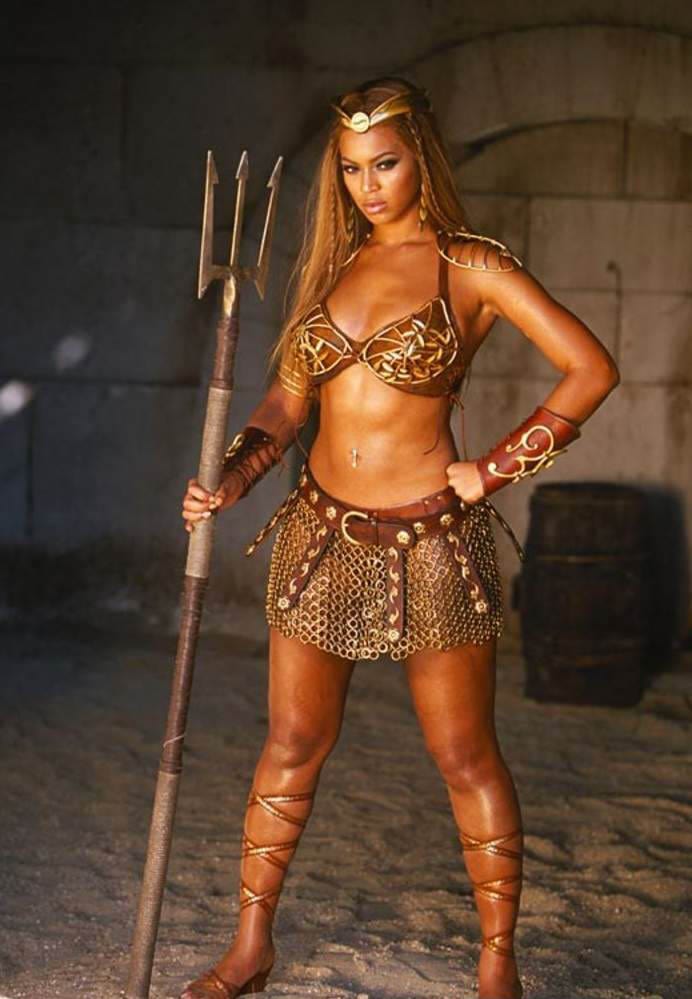
Beyond the theories, the outfit served as a reminder of Beyoncé’s unparalleled ability to dominate conversations without saying a word. Her fashion choices are rarely arbitrary; they’re layered with intention, whether paying tribute to Black culture, highlighting underappreciated artists, or, in this case, resurrecting a nostalgic aesthetic with fresh context. The Baywatch homage also aligns with her recent embrace of retro influences, from disco-inspired ensembles to ‘80s power suits, suggesting a larger theme of revisiting and redefining decades past through a modern lens.



The public reaction was instantaneous. Twitter and Instagram flooded with side-by-side comparisons of Beyoncé and Anderson, with fans applauding the singer for honoring the TV icon while making the look distinctly her own. Anderson herself has yet to comment, but given her recent reflections on her legacy, it’s possible she’d appreciate the gesture. Meanwhile, fashion brands and stylists took note of the swimsuit’s resurgence, predicting a wave of red one-piece trends in the coming months. It wouldn’t be the first time Beyoncé sparked a fashion movement—after all, this is the woman who made cowboy hats and latex bodysuits mainstream moments.


What makes this particular style moment resonate so deeply is its intersection of nostalgia and relevance. Baywatch was a cultural touchstone for a generation, blending glamour with Americana in a way that felt both aspirational and accessible. By revisiting that imagery, Beyoncé taps into collective memory while asserting her place in the continuum of iconic women who’ve shaped entertainment. It’s a testament to her status that she can wear something so instantly recognizable yet make it feel new—and uniquely hers.
As the buzz continues, one thing is certain: Beyoncé’s Baywatch moment is more than just a viral photo. It’s a masterclass in how to wield imagery, stir conversation, and keep the world guessing. Whether it’s a one-off homage or the first hint of something bigger, the singer has once again proven that her influence extends far beyond music. She’s a curator of culture, a storyteller through style, and an artist who understands the power of a single, perfectly executed look.
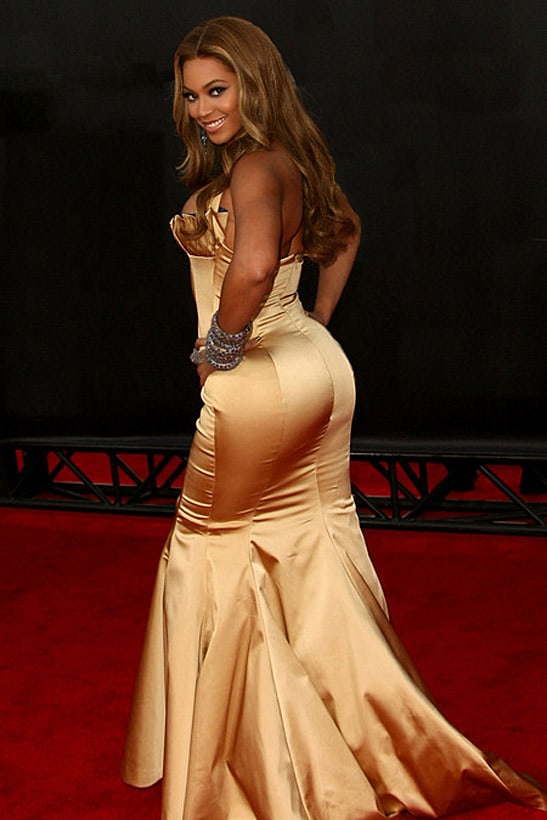


Beyoncé’s choice to channel Pamela Anderson isn’t just about the swimsuit—it’s about what the swimsuit represents. In the ‘90s, Anderson’s Baywatch persona was both celebrated and critiqued, often reduced to a symbol of male fantasy. Today, Beyoncé reclaims that imagery on her own terms, aligning it with her narrative of empowerment and agency. This isn’t the first time she’s used fashion to make a statement; from her Lemonade visuals to her Black Is King wardrobe, her style is inextricably linked to her artistry.



The swimsuit moment also raises questions about the cyclical nature of pop culture. Why does this particular aesthetic still captivate us? Perhaps it’s the simplicity of its boldness—the way red against sun-bleached backdrops feels eternally cinematic. Or maybe it’s the nostalgia for an era when television had the power to create global icons overnight. Whatever the reason, Beyoncé’s interpretation breathes new life into the Baywatch legacy, ensuring its relevance for a new generation.


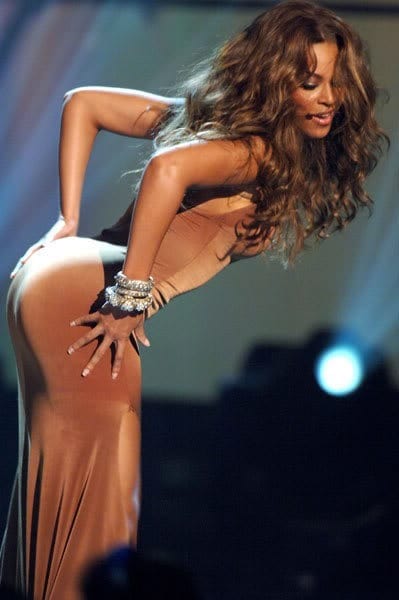
As we await potential follow-ups—a behind-the-scenes clip, a cryptic caption, or another styled photoshoot—one thing is clear: Beyoncé remains in a league of her own. Whether she’s performing on stage, directing films, or simply posing in a swimsuit, she commands attention not just for what she wears, but for the stories her choices tell. And in this case, the story is as much about Pamela Anderson’s enduring influence as it is about Beyoncé’s ability to transform the past into something fresh, meaningful, and utterly unforgettable.



In the ever-evolving landscape of pop culture, few artists can bridge generations as seamlessly as Beyoncé. Her Baywatch tribute is a reminder that iconic imagery never truly fades—it simply waits for the right moment to be revived. Whether this swimsuit moment leads to a larger project or stands alone as a stylish homage, it underscores Beyoncé’s genius for blending nostalgia with innovation. And for fans, that’s more than enough to keep the excitement alive. After all, in Beyoncé’s world, every outfit is a clue, every photo is a story, and every statement is worth decoding.

